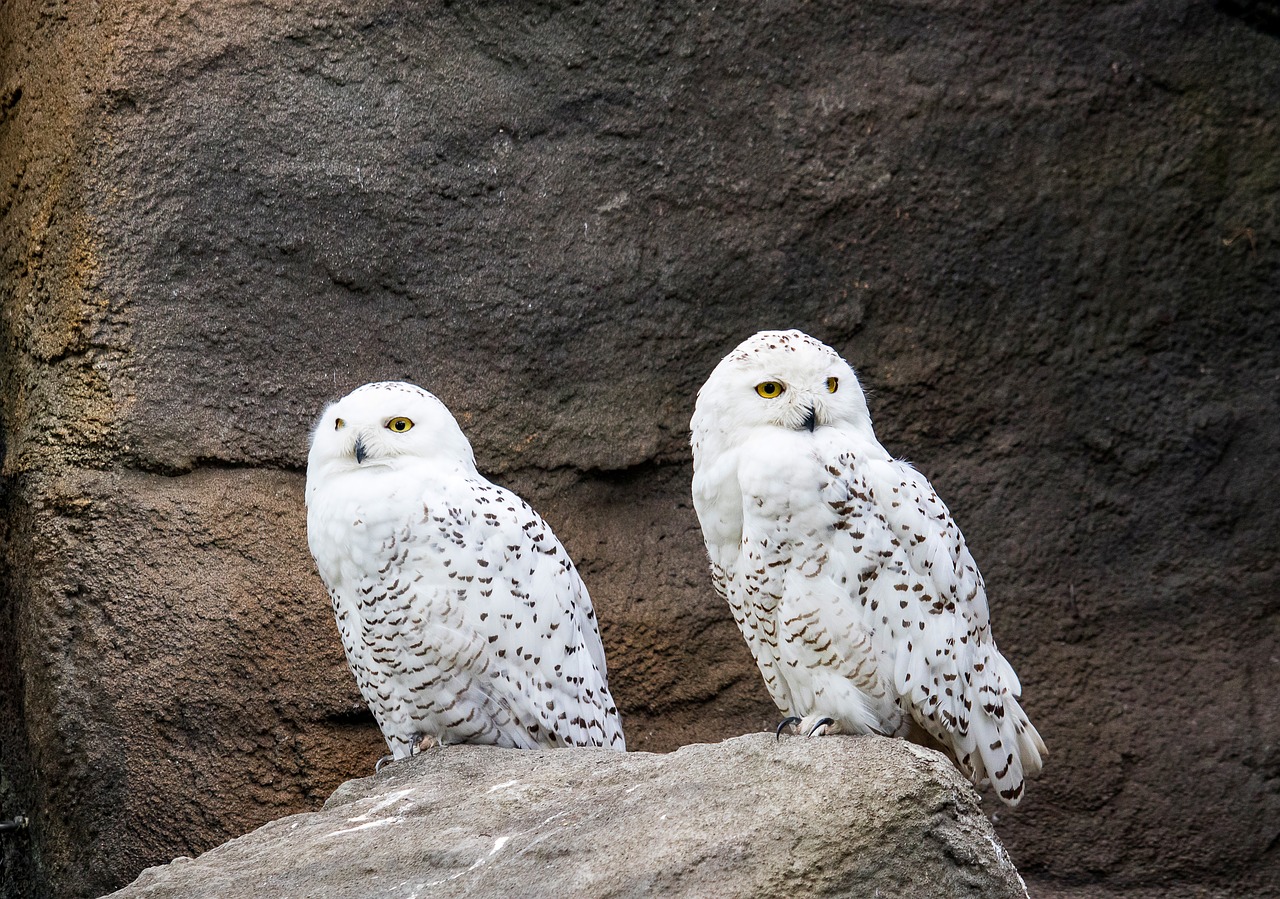Different ecology in male and female wintering Snowy Owls Nyctea scaandiaca L. in Sweden due to colour and size dimorphism
DOI:
https://doi.org/10.34080/os.v3.23039Keywords:
winter ecology, sexual dimorphism, foraging ecology, behaviourAbstract
Wintering Snowy Owls Nyctea scandiaca were studied in southern Sweden during four consecutive winters (November—March, 1989—1993). 85% of the known individuals (9–11 males, 11–12 females) in the provinces of Öland and Skåne were considered properly aged and sexed. They were observed for 92 h during daytime roosting and for an additional 29 h during hunting activity. Males were more often mobbed (p<0.001) during snowfree conditions, more often roosted in forests (p<0.01), left fewer pellets (p>0.05), preferred higher perch sites, and stayed shorter periods in the same area (p<0.01), as compared to females. First to second winter females were mobbed more often during snowcover compared to bare ground conditions (p<0.05), and were mainly selecting medium-sized prey (Oryctolagus, Anas, Perdix.) Two older owls (adult female/sub-adult male) were selecting smaller prey (Microtus, Apodermus, Passerinidae) compared to first second winter females (p<0.001). In conclusion, due to their smaller size and contrasting colouration, males were considered less well adapted to the mainly snowfree conditions in the area, because of a less favourable energy budget due to mobbing, presumed lower hunting success and smaller/less abundant prey. Females, due to their larger size and contrast reducing colouration, were considered better adapted to the same area, due to lower mobbing frequency, presumed higher hunting success and selection of larger prey.
Downloads

Downloads
Published
How to Cite
Issue
Section
License
The copyright of each contribution belongs to the author(s), but all contributions are published under a Creative Commons license, so that anyone is free to share and reuse the contribution as long as the copyright holder is attributed.







